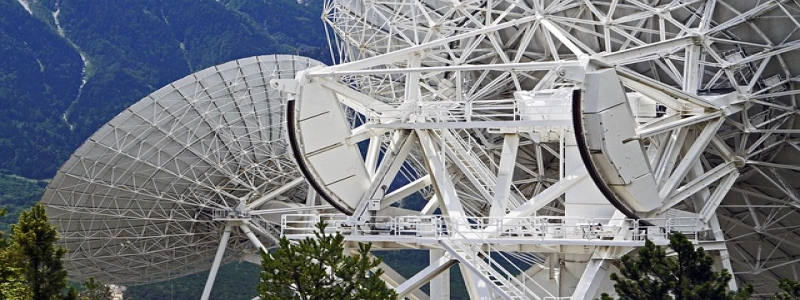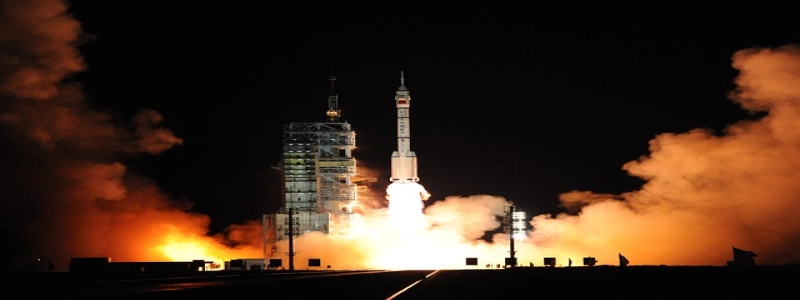DWDM in Telecom
Introduction:
In today’s rapidly advancing telecommunications industry, keeping up with the increasing demand for high-speed data transmission is of utmost importance. Dense Wavelength Division Multiplexing (DWDM) has emerged as a revolutionary technology that allows multiple signals to be transmitted simultaneously over a single optical fiber. This article aims to provide a detailed explanation of the various aspects of DWDM and its significance in the telecommunications field.
1. What is DWDM?
1.1 Definition and working principle
DWDM is an optical multiplexing technology that uses multiple wavelengths of light to transmit data over a single optical fiber.
1.2 Advantages
– Increased capacity: DWDM enables the transmission of multiple signals over a single fiber, significantly increasing network capacity.
– Cost-effective: By utilizing existing infrastructure, DWDM eliminates the need for additional optical fibers, reducing installation and maintenance costs.
– Flexibility: DWDM allows for the easy addition or removal of wavelengths, providing flexibility in network configuration.
– Long-distance transmission: The use of different wavelengths enables data transmission over long distances without signal degradation.
– Security: DWDM offers enhanced security by isolating and encrypting individual channels.
2. Key Components of DWDM System
2.1 Optical Transmitters
– Converts electrical signals into optical signals using lasers or light-emitting diodes (LEDs).
2.2 Multiplexers/Demultiplexers
– Combines or separates multiple wavelengths of light for transmission or reception.
2.3 Optical Amplifiers
– Boosts the power of optical signals to compensate for losses in the fiber.
2.4 Optical Add-Drop Multiplexers (OADMs)
– Provides the ability to add or drop specific wavelengths without affecting the entire network.
2.5 Optical Cross-Connects (OXCs)
– Enables the routing and switching of optical signals between different fiber paths.
3. Applications of DWDM in Telecom
3.1 Long-haul transmission
– DWDM is extensively used in long-distance networks to enable the transmission of large volumes of data over vast geographical areas.
3.2 Metro networks
– DWDM is employed in metropolitan areas to provide high-bandwidth connectivity between multiple locations.
3.3 Data centers
– DWDM allows for efficient and reliable data transmission within and between data centers, supporting the increasing demand for cloud computing and storage.
3.4 Internet service providers
– DWDM technology helps internet service providers offer fast and reliable internet connections to their customers.
Conclusion:
Dense Wavelength Division Multiplexing (DWDM) is a game-changing technology in the telecommunications industry. With its ability to significantly increase network capacity, reduce costs, support long-distance data transmission, and provide flexibility and security, DWDM has become an essential component of modern communication networks. Its applications in long-haul transmission, metropolitan networks, data centers, and internet service providers highlight its diverse benefits and the critical role it plays in meeting the ever-growing demand for high-speed data transmission.








